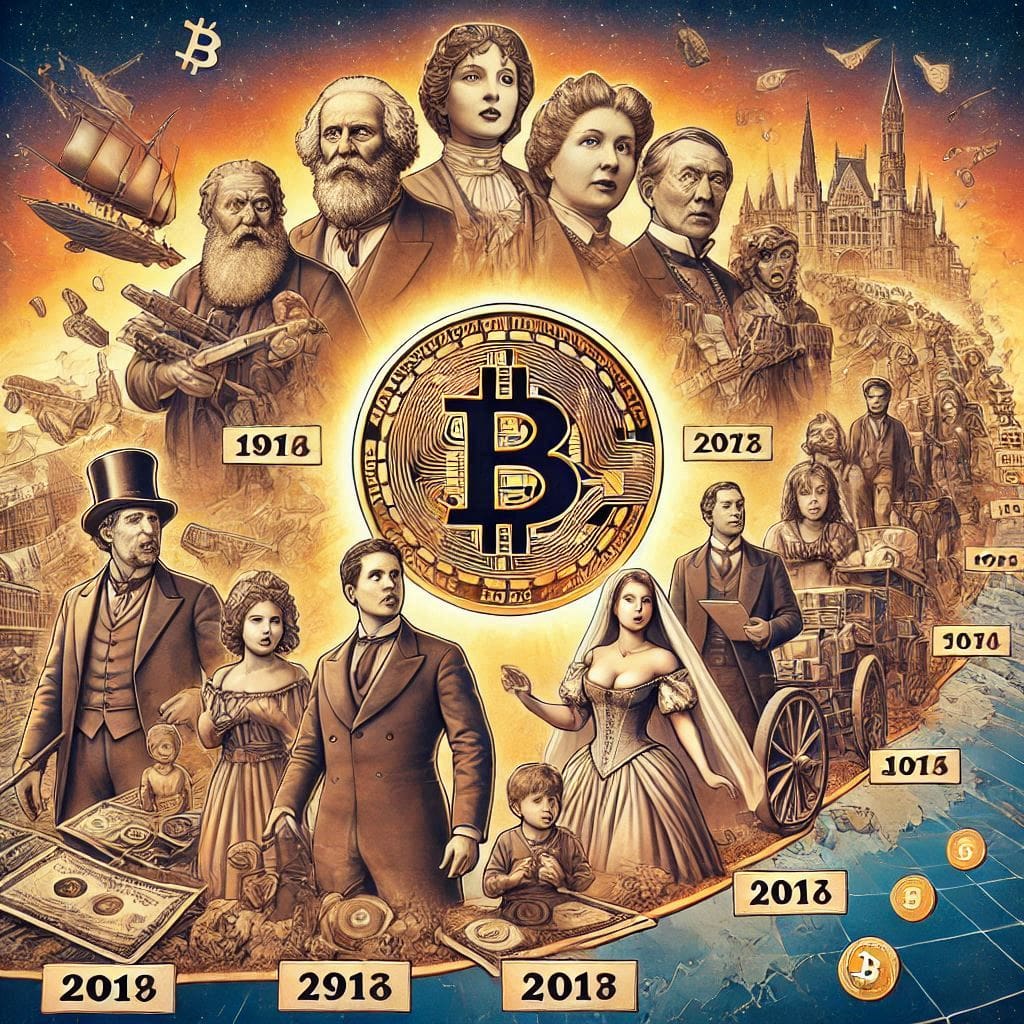

Cryptocurrency has evolved from a niche concept to a global phenomenon, revolutionizing the way we think about money and financial transactions. From the inception of Bitcoin to the proliferation of various altcoins and the rise of blockchain technology, the journey of cryptocurrency is a testament to innovation and transformation. This article delves into the detailed history of cryptocurrency, tracing its origins and developments up to the present day.
The Birth of Bitcoin
The history of cryptocurrency begins with Bitcoin, the first decentralized digital currency. In 2008, an anonymous entity known as Satoshi Nakamoto published a whitepaper titled “Bitcoin: A Peer-to-Peer Electronic Cash System.” This groundbreaking document outlined the concept of a decentralized currency that operates on a peer-to-peer network without the need for a central authority.
On January 3, 2009, Nakamoto mined the first Bitcoin block, known as the genesis block, marking the launch of the Bitcoin network. The initial years saw Bitcoin primarily used by tech enthusiasts and early adopters. The first real-world Bitcoin transaction took place in 2010 when a programmer named Laszlo Hanyecz paid 10,000 Bitcoins for two pizzas, a moment now celebrated as Bitcoin Pizza Day.
The Rise of Altcoins
As Bitcoin gained popularity, developers began exploring alternative cryptocurrencies, or altcoins, each offering unique features and improvements over Bitcoin. The first notable altcoin was Namecoin, launched in April 2011. It introduced the concept of decentralized domain name registration.
Following Namecoin, numerous altcoins emerged, including Litecoin in 2011, which offered faster transaction times and a different hashing algorithm. Ripple (2012), Ethereum (2015), and many others followed, each contributing to the diversification of the cryptocurrency landscape.
Ethereum and Smart Contracts
One of the most significant developments in the history of cryptocurrency was the creation of Ethereum by Vitalik Buterin. Launched in 2015, Ethereum introduced the concept of smart contracts, self-executing contracts with the terms of the agreement directly written into code. This innovation opened the door to decentralized applications (DApps) and decentralized finance (DeFi), revolutionizing industries beyond just currency.
The ICO Boom
In 2017, the cryptocurrency market experienced a boom driven by Initial Coin Offerings (ICOs). Startups and projects raised funds by issuing their own tokens in exchange for established cryptocurrencies like Bitcoin and Ethereum. This period saw rapid growth and significant price increases for many cryptocurrencies. However, it also led to regulatory scrutiny and concerns over fraud and speculation.
Mainstream Adoption and Regulation
As the cryptocurrency market matured, it gained mainstream attention and adoption. Major companies like Tesla, PayPal, and Square began accepting Bitcoin as a form of payment, further legitimizing its use. Governments and financial institutions also started to explore and implement blockchain technology for various applications.
With increased adoption came the need for regulation. Countries around the world began developing frameworks to regulate cryptocurrency exchanges and protect investors. Regulatory clarity became crucial for the long-term sustainability and growth of the crypto market.
The Rise of Decentralized Finance (DeFi)
Decentralized Finance, or DeFi, emerged as a transformative force in the cryptocurrency space. DeFi platforms leverage blockchain technology to offer financial services like lending, borrowing, and trading without intermediaries. Platforms like Uniswap, Aave, and Compound gained popularity, attracting billions of dollars in assets and reshaping traditional finance.
NFTs and the Metaverse
In 2021, Non-Fungible Tokens (NFTs) took the world by storm. NFTs are unique digital assets representing ownership of art, collectibles, music, and more. Artists and creators embraced NFTs as a new way to monetize their work, leading to a surge in interest and investment.
Simultaneously, the concept of the metaverse—a virtual, interconnected universe—gained traction. Cryptocurrencies and blockchain technology play a crucial role in the development and functioning of the metaverse, enabling digital ownership and economies.
Conclusion
The history of cryptocurrency is a story of innovation, disruption, and continuous evolution. From the inception of Bitcoin to the rise of altcoins, smart contracts, DeFi, and NFTs, the cryptocurrency landscape has transformed the way we perceive and interact with money and digital assets. As the world embraces the digital age, understanding the history and potential of cryptocurrency is essential for navigating the future of finance.
Closing Quote
“The future of money is digital currency.” – Bill Gates


No Comments